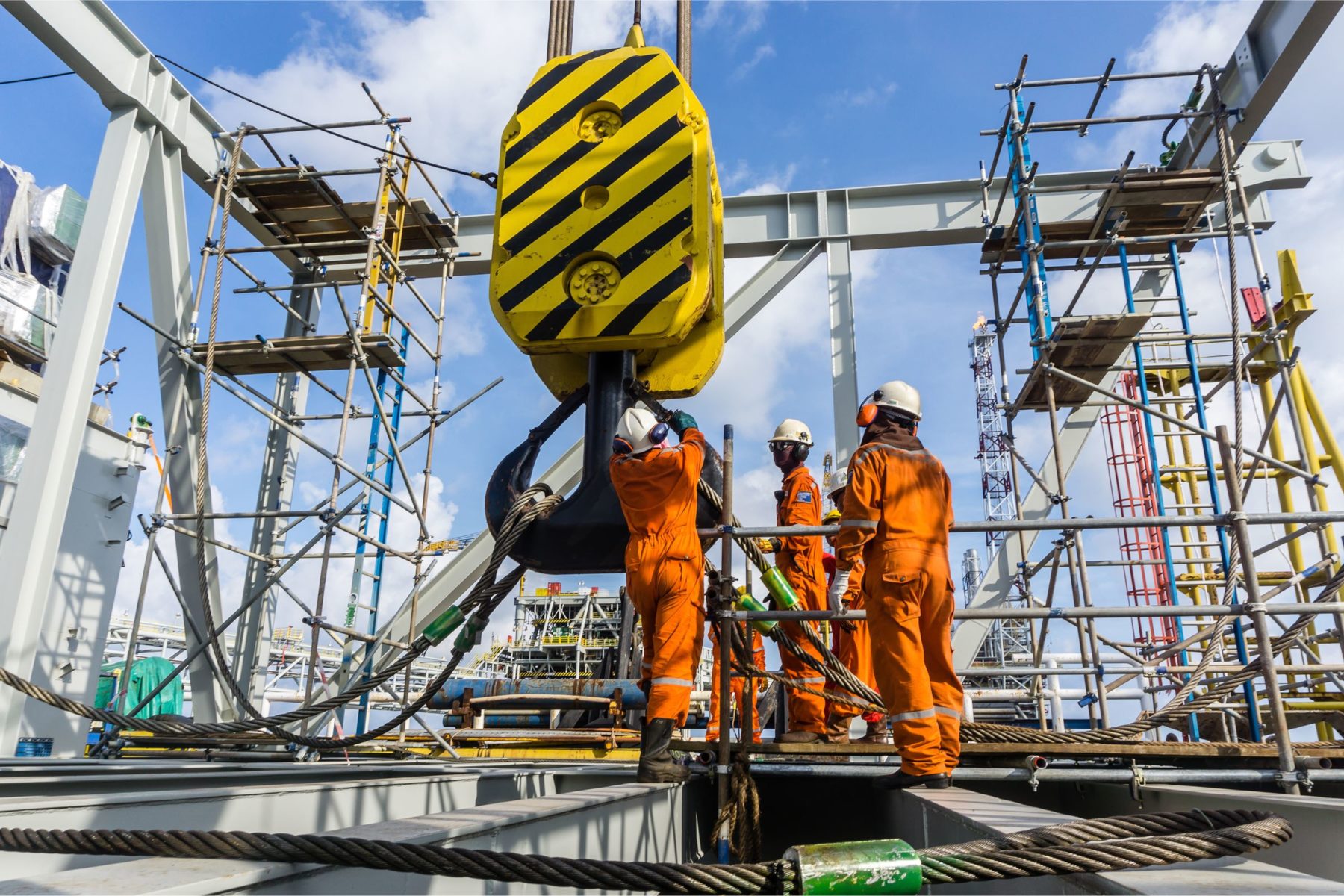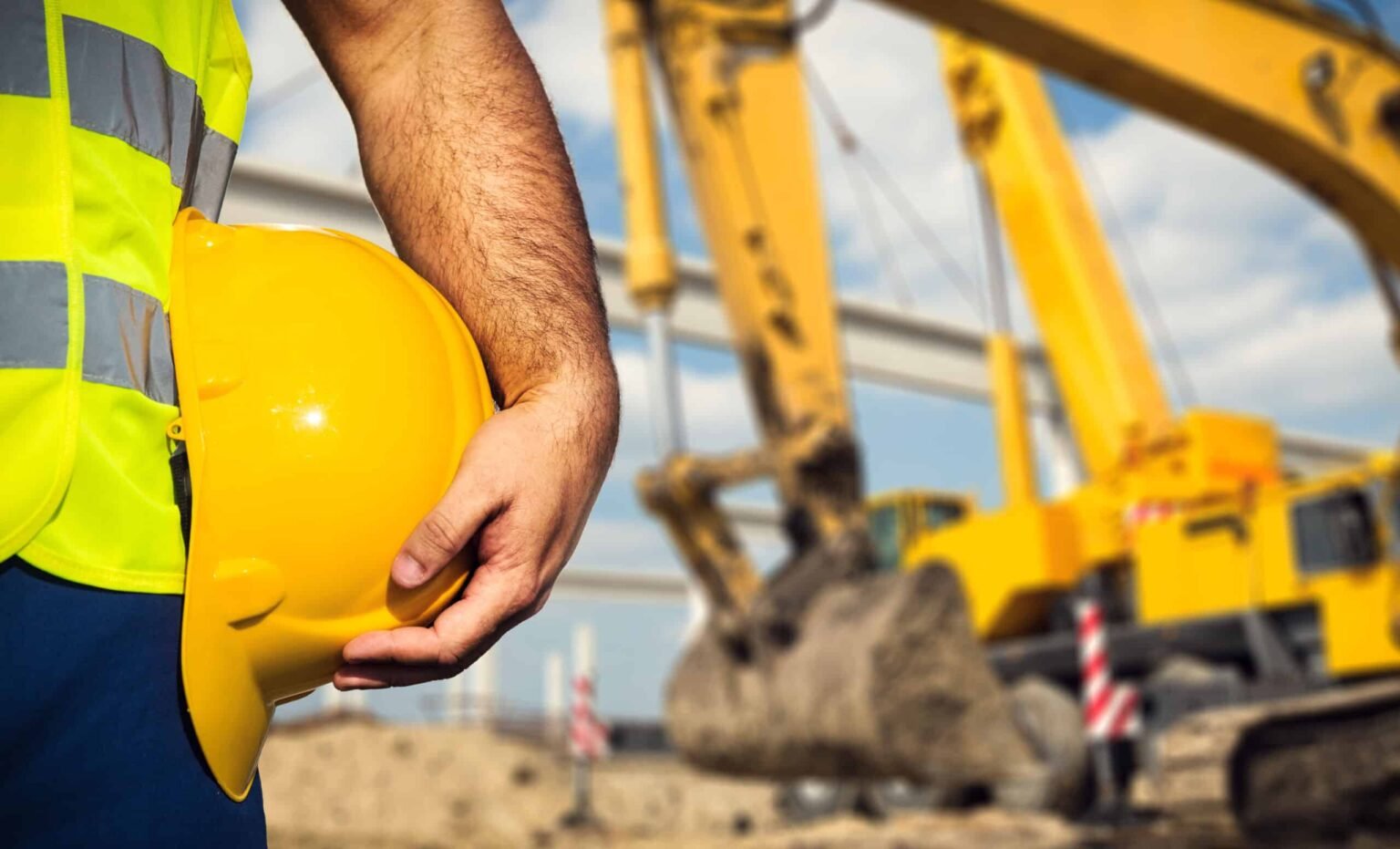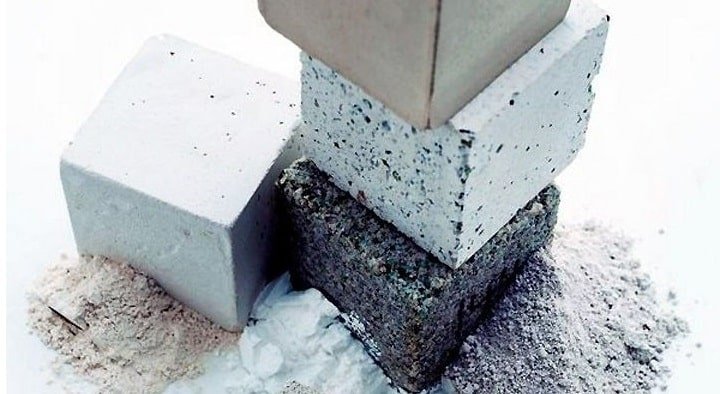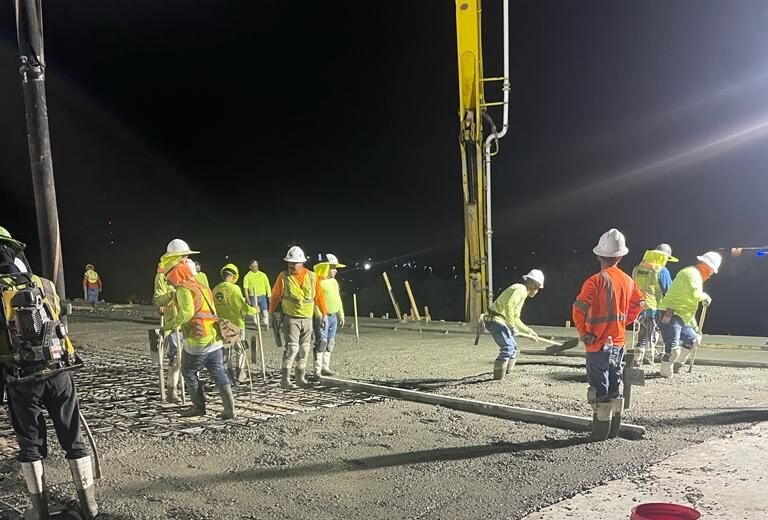
Essential Concrete Safety Tips: Protecting Workers on the Job Site Working with concrete is a fundamental aspect of the construction...

Handling and placing concrete on a construction site involves several risks that must be properly managed to protect workers’ safety and ensure project quality. This article covers the best safety practices that should be followed throughout the process, from mixing to curing the concrete.
Proper job site preparation is essential to ensure safe handling of concrete. Ensuring that the area is free from obstacles and hazards can prevent accidents.
Risk Assessment: Conduct a risk assessment to identify potential hazards related to concrete handling, such as slippery surfaces, faulty equipment, or areas with heavy machinery traffic.
Signage and Barriers: Use appropriate signage and set up barriers to keep unauthorized personnel out of the work area.
Using heavy machinery like concrete mixers, pumps, and vibrators carries significant risks that must be handled with caution.
Staff Training: Ensure that all machinery operators are trained and certified to handle specific concrete equipment.
Regular Maintenance: Perform regular maintenance on machinery to prevent breakdowns that could result in accidents.
Concrete placement involves several physical risks, from handling tools to chemical exposure.
Use of Personal Protective Equipment (PPE): All workers should wear appropriate PPE, such as gloves, safety boots, eye protection, and masks.
Safe Placement Procedures: Ensure that workers follow established procedures for placing concrete, including the proper use of vibrators and formwork handling.
Concrete can contain materials that are harmful to health if not handled properly, such as cement, silica dust, and chemical additives.
Respiratory Protection: Provide adequate respiratory protective equipment to prevent inhalation of cement dust and other contaminants.
On-Site Hygiene: Promote proper hygiene practices, such as handwashing and using cleaning stations to prevent prolonged contact with hazardous materials.
Safety is an ongoing process that requires constant supervision and review of work procedures.
Active Supervision: Appoint safety supervisors to monitor compliance with safety standards at all times.
Incident Evaluation: Regularly review any safety incidents to continuously improve practices and procedures.
Implementing proper safety practices during concrete handling and placement not only protects workers but also enhances project efficiency and quality. Training, proper PPE use, risk assessment, and active supervision are key to achieving a safe working environment.

Essential Concrete Safety Tips: Protecting Workers on the Job Site Working with concrete is a fundamental aspect of the construction...

Decorative Concrete: Trends in Modern Finishes for 2025 Concrete is no longer just a construction material — it’s become a...

Sustainable Concrete Innovations in 2025: The Future of Eco-Friendly Construction In 2025, the construction industry continues its transformation towards sustainability,...

The Science Behind Concrete Cracking: Causes and Solutions Cracks in concrete are one of the most common issues in construction,...

Top 10 Concrete Myths Debunked: What Every Contractor Should Know Concrete is one of the most widely used construction materials,...

How to Plan Concrete Pouring in Large Construction Projects Pouring concrete in large-scale construction projects requires meticulous planning, logistical coordination,...
© 2023 Created with RGA Concrete Contractors LLC
This website uses cookies to provide you with the best browsing experience.